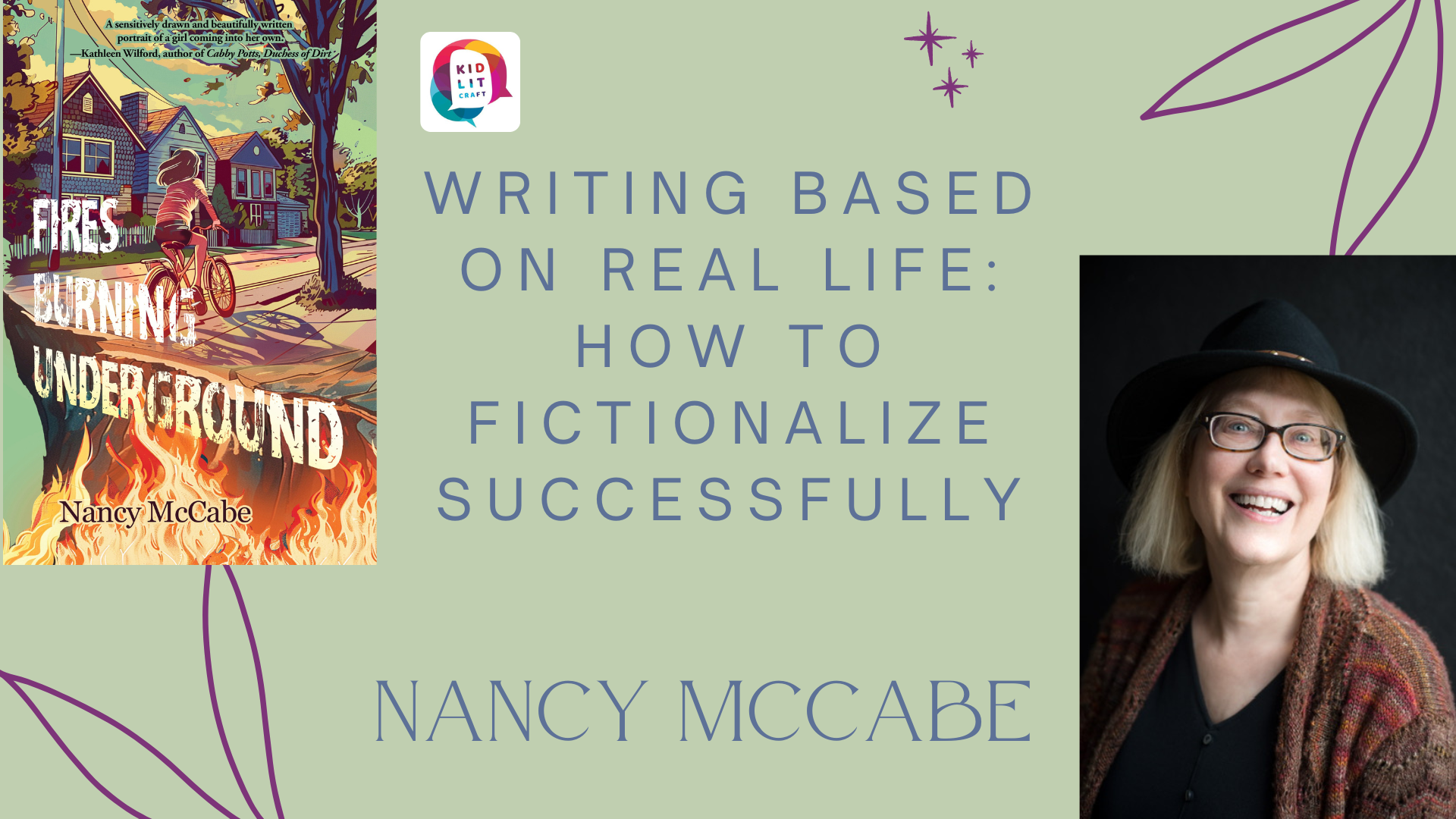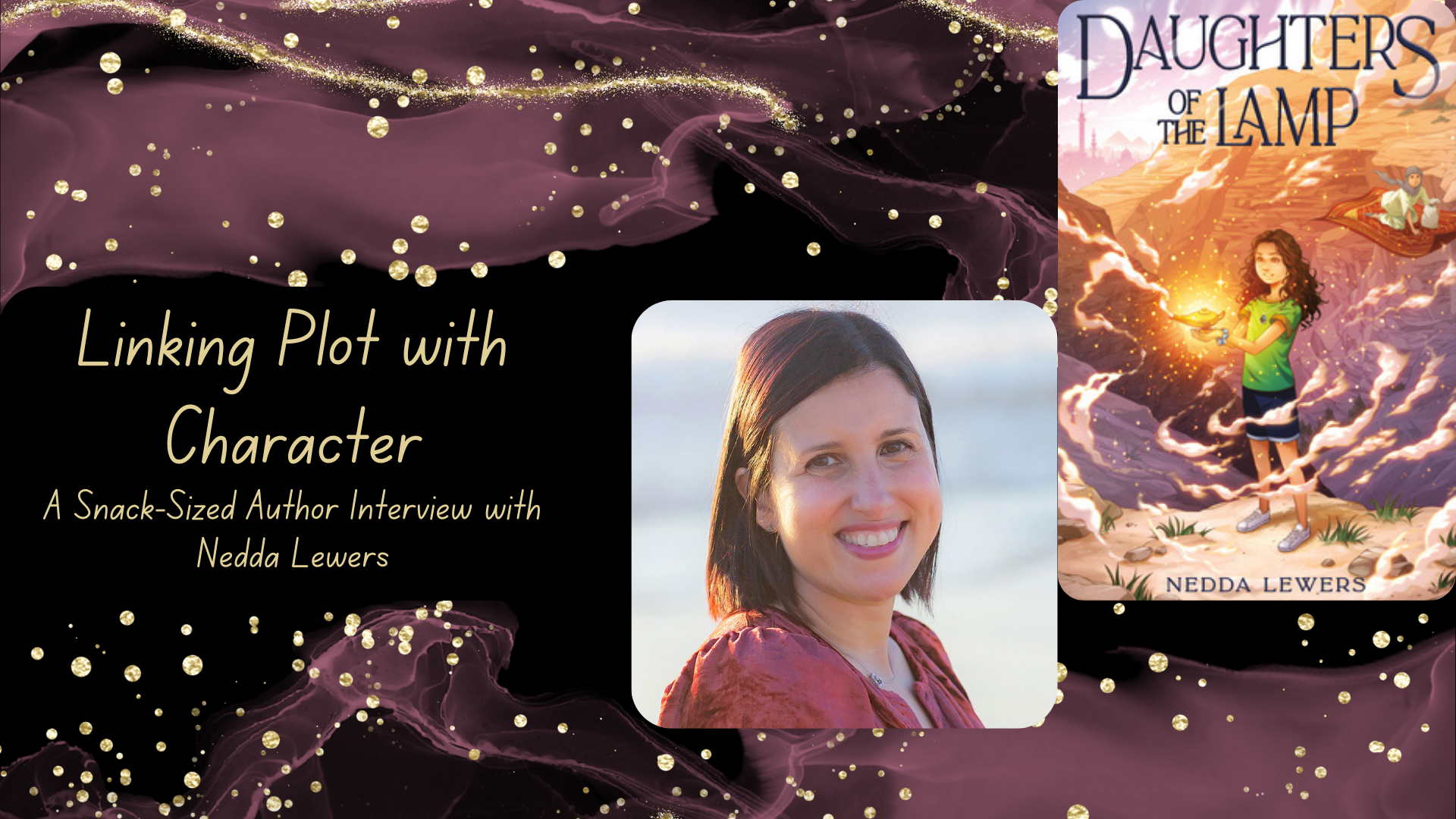Craft Articles
Join us in exploring others’ craft and building our own.
Here you will find explorations of mentor texts – articles that dive into specific craft elements in published books, interviews with authors, and tips on growing and improving as a writer.
Disclaimer: Some posts include bookshop.org affiliate links. Use the links to support KidLit Craft and local bookstores, at no additional cost to you.
Browse the Blog

J.E. Thomas: Trust Your Instincts
“At one point, I saw writing as a competitive enterprise. But what I've discovered is that authors and writers have a strong sense of community. Many of us find great joy in helping others. Being able to mentor and encourage the next generation of authors is wonderfully inspiring.”

Khadijah VanBrakle: Great Books Take Time
“Take as much time as you need to learn the craft of telling stories. Often, new authors are in a rush but great books take time to write and revise, especially when you’re starting out.”

Writing Based on Real Life: How to Fictionalize Successfully
Converting my story from a personal one to a piece of fiction was the best choice. Not only did it strengthen the story I wanted to tell, but it reminded me that sometimes fiction is the best way to discover the truths of our lives.

Nedda Lewers: Linking Plot with Character
When it comes to leaving readers guessing, try to find the sweet spot between revealing too much (they know how it will end) and not enough (they have no idea what is going on). Your readers should feel curious but not confused. Critique partners and beta readers can help you find this balance because, unlike you, they don’t know how the story will end.

Misa Sugiura: Taking It One Scene at a Time
“It is very easy to feel like what you've accomplished isn't enough. The solution (it's not easy): Enjoy the ride you're on. Let go of the stuff that's out of your control (other author's experiences, marketing budgets, awards) and control what you can, like writing your next book.”

Thieves’ Gambit: Shifting Desire (KLC Podcast, S2 Ep. 4)
In the fourth episode of the podcast, Nuttall and Strohman focus on desire, specifically shifting desire. In Thieves’ Gambit, the main character, Ross, also has a Shifting Desire because her external desire changes early in the story.

Jessie Janowitz: Give Your Narrator a Secret
“Understanding your main character’s backstory is essential to the first-person voice. We filter the world through our unique personal experiences, . . . we refer to places we’ve been, people we’ve met, food we’ve eaten, etc. If we don’t know our narrator’s history, we can’t begin to know the language they’d use to describe it.”

NO SNOWBALL!: Dramatic Irony with a Healthy Dose of Contrast
Isabella Kung’s debut author-illustrator picture book NO FUZZBALL! is a masterclass in how to use dramatic irony to tell a laugh-out-loud comedic story using a well orchestrated combination of words and images.

Adding Depth Through Revision: A Q&A with Joanna Ho
The more specific a story, the more universal it becomes. This is one of the most enduring bits of writing advice I have ever received. When we can write to one particular story, experience, character with specific detail and nuance, it makes it real. It feels true. There are always spaces to find our shared humanity, and this is only possible when we come to understand the richness around us.
Striving for Unfiltered Vulnerability: A Q&A with Misa Sugiura
"I create my characters’ flaws, misconceptions, and spiritual wounds around a theme or a question that interests me, and then I give them a personal conflict that directly challenges those flaws, misconceptions, and wounds. After that, it’s a matter of developing broader challenges, events, relationships, and conflicts that can revolve around the same theme." ~ Misa Sugiura

Stories are Stories: Learning from Early Reader Cat Can Fix It! by Stefanie Hohl
Just because you have to use simple words doesn’t mean the story has to lack emotion or depth. It’s challenging, but early readers can still use all the elements of story—character, plot, setting, etc. In fact, looking to early readers as a model, writers in other categories can see how efficient storytelling can be without sacrificing emotional depth.

Emotional Resonance Is Key: A Q&A with Tanita S. Davis
A lot of people want to be allies, or seen as friendly and open to the idea of friendship across races, cultures and social strata. This idea of “just talk to each other” may seem like it’s wildly oversimplified, but it turns out that if you want to know someone, it really is that simple. You may be nothing like a diehard gardener or wide-eyed tween, but if you’re willing to see a potential connection between the two of you, it will be there.
Empathy and Irony: A Q&A with Stacey Lee
Empathy has its drawbacks, especially when reading the news, but on the plus side, I think it helps me create deeper characters. The secret for creating unforgettable characters is to give them impossible choices.

SUMMER RETROSPECTIVE: HERO’S JOURNEY ARCHETYPES IN BOOK SCAVENGER BY JENNIFER CHAMBLISS BERTMAN
By identifying archetypes in my story, I figure out how to strengthen the conflicts as I revise. In researching this blog post, I realized that I’d chosen the wrong character to be the Shadow in the novel I’m currently writing. Understanding the role of the Shadow archetype, and selecting a more appropriate character to play it, made my book’s external plot and main character’s growth path stronger.

Summer Retrospective: CONNECTING READER AND CHARACTER IN GHOST BY JASON REYNOLDS
Soaking up the sun and reposting some favorite craft posts, starting with Jen Jobart's analysis of Jason Reynold's GHOST through the lens of Cheryl Klein's THE MAGIC WORDS craft book.

Deepening Character Relationships Through A Shared History: The Last Shadow Warrior by Sam Subity
Subity blends humor, action, Norse mythology, and character beautifully to make a story that’s sure to be a hit with middle grade readers.

SIDEWRITING TAKEOVER: Interviewing your Character with Karen Krossing
I ask you: What questions do you need to ask your characters? If that feels too challenging, Walter Dean Myers’s advice in Just Write: Here’s How! is to “Come up with a bunch of questions you might want to ask about someone you just met in real life.”

Building Engaging Stories Through Conflict and Tension: Something to Say by Lisa Moore Ramée
If you only give your readers one conflict after another without tension in between, you are in danger of exhausting, and maybe even boring them, to the point that they lose interest. Tension turns the page.

An Interview with Lisa Moore Ramée Who Has More Than Something to Say
With an issue of a debate being at the heart of this story, it’s of course important to try to truly explore the issue, and I hope I did that.

Embedding Practical Lessons in Your Novels: A Craft Analysis of The Startup Squad Series
Weisfeld envisioned a book series and a brand that encouraged and taught girls to be entrepreneurs through engaging, adventurous stories.

